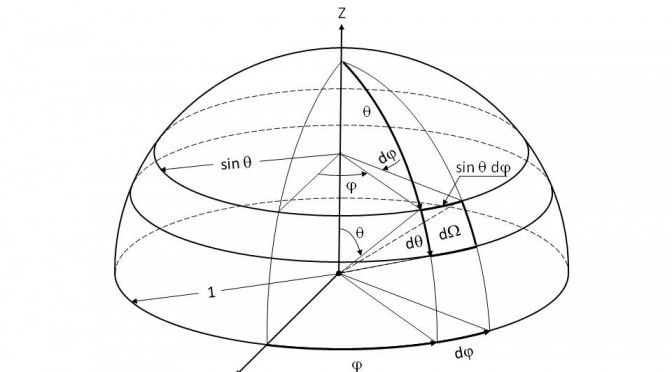Atmospheric radiation — nomenclature and basic concepts
When discussing the thermosphere, the temperature and composition profiles of the atmosphere as well as the thermodynamics of diabatic processes, we mentioned the Sun as an external heat source and radiation (besides phase transition) as a diabatic process. This unit will introduce the basic concepts and nomenclature of atmospheric radiation.
Be aware there an many new terms of which you will have to memorize the definitions.
Learning goals
After successful completion of this unit, students will be able to
- Apply basic laws of radiation
- Use orbital concepts to solve radiation relevant questions and explain the seasons
- Define terms of radiation theory (e.g. solid angle, solar constant, insolation, wavelength, frequency domain, etc.)
- Define the nomenclature and basic concepts of atmospheric radiation
Students’ Tasks
- Watch this video on the material relevant for this unit
- Read chapter 4. to 4.2.4 (included) of Lectures in Meteorology
- Examine the relation between hours of daylight, time of the year and latitude here. Contrast the differences in day light someone in the Tropics experiences vs. that of what you experience in Fairbanks and what you experienced at another place you have been and post your findings on the discussion board channel of the unit. Read and comment on at least 2 classmates posts.
- Watch this video of a worked problem
- Fill out the questionnaire
- Solve these unit11 problems assigned at your class level by Thursday 2359 Alaska time.
Supplemental Material
You can find the slides of unit 11 lecture materail at the link if it deems helpful.
© 2019 Nicole Mölders | All rights reserved

